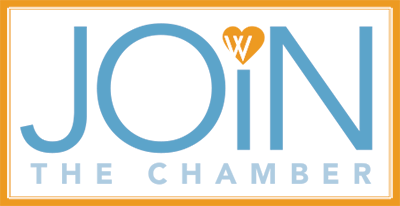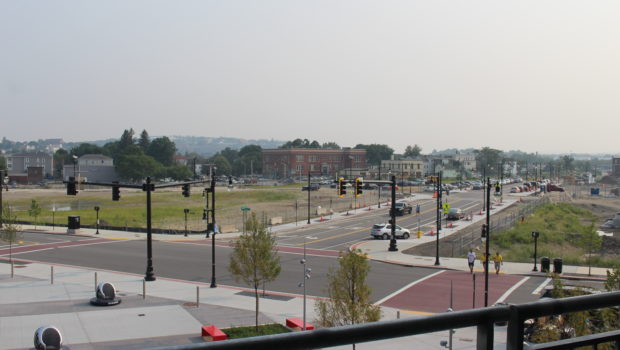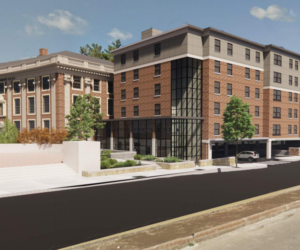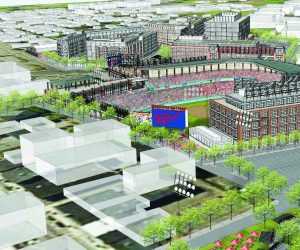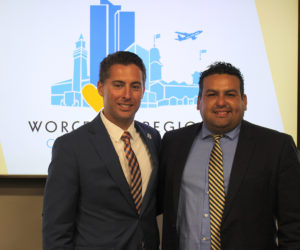Several Major Housing Projects Responding to Widespread Demand
Despite the public health and economic challenges of the pandemic, Worcester continued to see a massive amount of investment in housing developments over the past year. Between major housing projects completed in the past 12 months and those currently under construction or in the pipeline, more than $660 million of private investment is flowing into the city. These investments represent at least 2,300 rental housing units that either recently came online or are expected to be online in the next few years.
Worcester’s surge in population has created a red-hot market for housing. In fact, Worcester was ranked one of the hottest mid-size city housing markets in the country twice last year by Realtor.com, in March and then December. Redfin ranked Worcester as the third-most competitive housing market in June.
In recent years, Massachusetts at large has not produced enough housing of all types – apartments, condos, single-family homes – to accommodate its growing population and economy. Worcester has been no exception.
According to the U.S. Census Bureau, Worcester added 10,000 total units of housing in the past 10 years. But with 25,000 new residents added to the city in that same time frame, it’s no wonder that the housing vacancy rate dropped from 8.8% in 2010 to just 6% in 2020, driving up housing costs across the board.
A 2019 housing study published by the Chamber analyzed this shortfall in housing units and predicted an increase in the cost of living if production goals were not met. But after three years and a historic global pandemic, housing has proven to be more of a challenge than ever initially thought. With this shortage in housing, rental costs have increased by 11% from early 2021 and the median home price has increased by 12-16%, according to data from different home listing websites.
In addition, the study had used demographic modeling to predict that Worcester’s population would increase to 195,000 in 2030 – a generous estimate at the time. Instead, Worcester surpassed all expectations, hitting 206,518 residents by 2020.
However, the city is starting to catch up. Worcester’s strong economic development prospects have brought major new multifamily developers to the city who are looking to help Worcester meet its needs for housing. For instance, Rich Mazzochi, Managing Director at Boston Capital Development, is leading the effort to construct 350 to 400 units of housing on a planned six-building campus on the site of Table Talk Pies’ former bakery at Kelley Square.
The first building in this development will cost over $35 million and bring 83 units of workforce housing, according to Mr. Mazzochi. Workforce housing is in high demand for Worcester, as it provides subsidized affordable housing for households with low-to-moderate income in the range of 60-120% of the area median income. “New rental supply will provide affordable housing for families that are currently overburdened with housing costs or living in substandard housing,” said Mr. Mazzochi.
The fundamentals of Worcester’s economy have proven invaluable to incoming developers like Boston Capital. “Worcester has stable industries such as educational institutions and healthcare, combined with a good outlook for growth with industries such as biotech,” said Mr. Mazzochi. “The amount of public and private investment over the last several years and a very proactive city administration with economic development initiatives makes Worcester a very attractive area in which to invest.” Mr. Mazzochi also noted that the addition of Polar Park and the development momentum around it was an appealing attraction.
Other out-of-town developers like Madison Properties express similar sentiments. “The energy in the city renewed our interest in Worcester,” said Denis Dowdle, president of Madison Properties. The Boston-based developer had previously built Worcester Crossing, where Walmart is located.
Mr. Dowdle is overseeing the construction of two residential buildings across from Polar Park, the first of which, called SOMA, is under construction and is estimated to bring 228 apartments to the Canal District with an investment of $89 million. The residential buildings will be accompanied by a hotel, a municipal parking garage, and a 200,000 square-foot office and lab building, as well as another office and lab building overlooking Polar Park’s left field.
Madison Properties’ investments were catalyzed in part by Worcester Chamber President and CEO Tim Murray, who showed Mr. Dowdle the developments at downtown’s CitySquare and the site of the new Polar Park in 2017.
These two projects, which will anchor the Canal District along with Polar Park, are being built from the ground up. Madison Properties is building its campus on vacant industrial land and Boston Capital is demolishing the former Table Talk Pies bakery. Another Canal District housing development involving new construction will be Churchill James’s The Cove, a seven-story, 173-unit building that will take the place of the former Lucky Dog Music Hall building right behind Polar Park’s centerfield.
Last year, there were challenges with construction costs due to supply chain issues as the price of steel and lumber increased dramatically. “The trends with materials pricing have definitely created challenges in putting together a feasible project,” said Mr. Mazzochi, whose firm plans to begin construction this year. Mr. Dowdle expressed optimism in planning for issues related to supply chains. “We have spent a lot of time proactively identifying potential supply chain issues before they become time sensitive problems,” he said, adding that no significant issues have occurred to-date for SOMA.
New construction is seen as a way to improve the quality of housing in the city. Substandard quality housing was identified by the Chamber’s housing study as a major issue in Worcester, which has one of the oldest housing stocks of any city in the country. Nearly half of the city’s housing stock was built before 1940, according to U.S. Census Bureau data.
Worcester’s historic buildings are also an opportunity, however. Worcester’s underused buildings are being repurposed into housing which retain the city’s historic character while bringing quality housing of all types. The Courthouse Lofts, for instance, was just completed by Boston-based Trinity Financial in 2021. It brought 118 units of housing, including 90 affordable housing units, to the old Worcester County Courthouse, which had sat vacant for a decade. Torrey Lofts is a repurposed old factory that is now home to 47 new units. Even the Elwood Adams Hardware Store – which recently closed after 235 years in business – was converted into housing units this past year.
Now, with well over $600 million in recently completed and ongoing housing projects that represent about 2,300 new rental housing units in the city, developments in Worcester are accelerating at an unprecedented pace. This level of investment is a marked increase from the 10 years from 2011 to 2021, when just a combined 1,800 units of housing were added in major projects.
These new developments are bringing much needed housing to the city at a pivotal time to help rein in costs of living and continue to make Worcester an affordable and exciting place to live.
David Sullivan is the Economic Development & Business Recruitment Associate at the Worcester Chamber. He can be reached by email here.
This story was originally published in the February 2022 edition of Chamber Exchange: The Newspaper, a quarterly publication of the Chamber. All newspaper editions are archived here.

